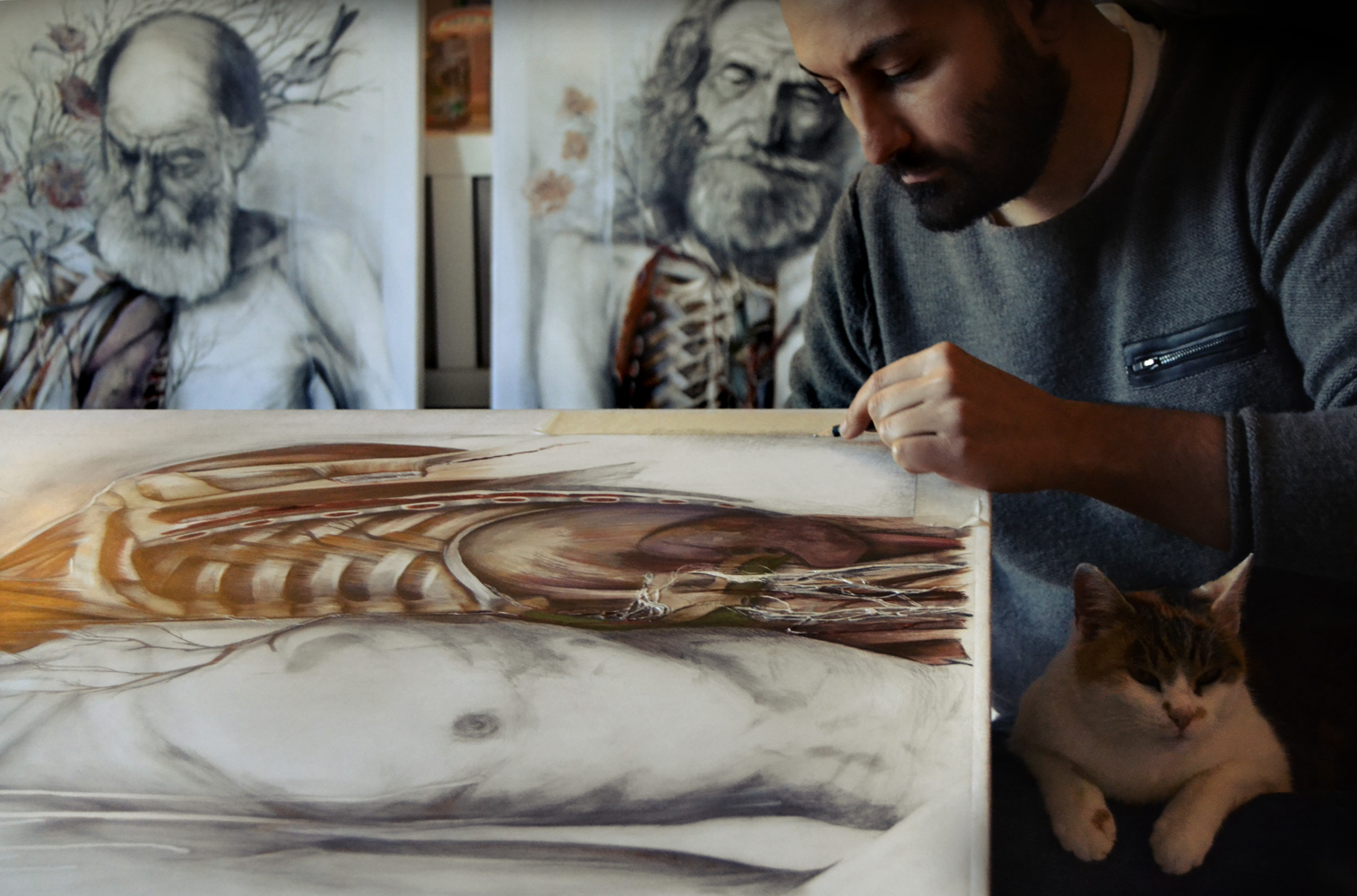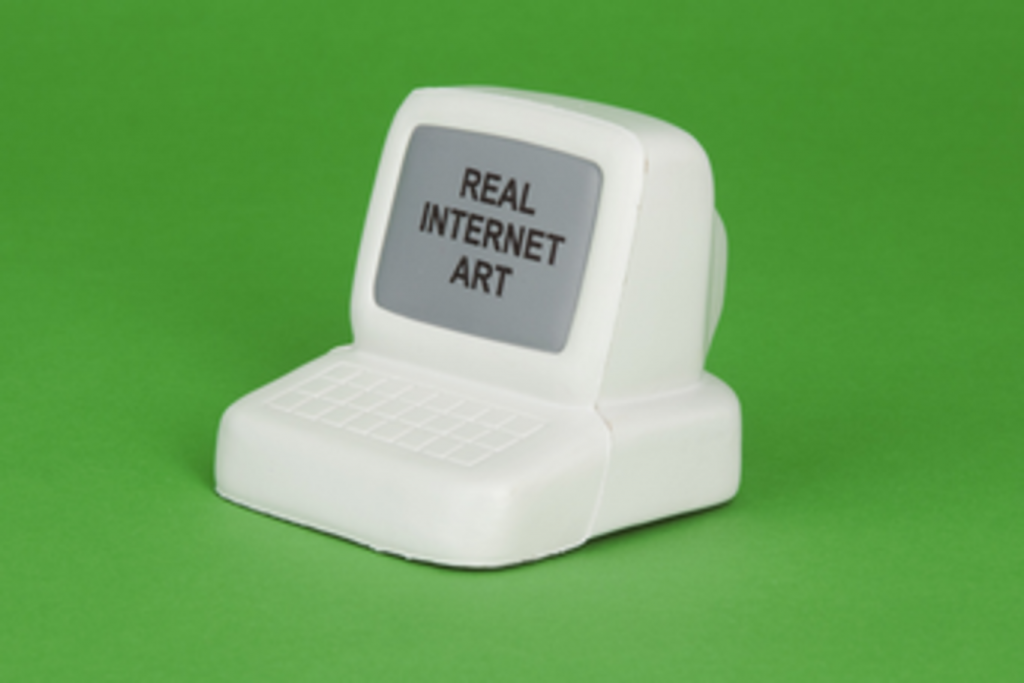
What does it mean to have an identity on the internet? More and less than it ever has before.
Constant access to social media allows us to curate our daily experiences as invented iterations of ourselves. The mass dissolution of the boundaries of the physical world (otherwise know as “reality”) is a common critique that is volleyed against the culture created within the complex ecosystem of the internet. However, recently many artists have begun to embrace these complications and explore the borders of digital realities and how they complicate conceptions of modern identity.
Net artists play with what it means to be a “self” within the context of the internet, toying with notions of what it means to be a body in digital space. Rolland Leonard is one such artist who explores concepts of embodiment using digital media. His images distort, replicate, and pixelate the body into abstracted patterns. The repurposed patterns of flesh are both abject and intricately beautiful, like a strange sea creature or rococo furniture. We are reminded simultaneously of the “fleshiness” of flesh and also its possibilities outside of itself, as a digital object.
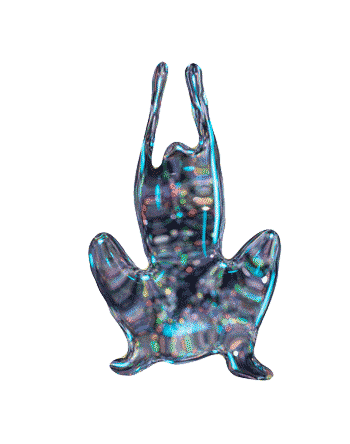
From object to subject, Molly Soda has been a pioneer in the realm of digital self-construction. Her multifaceted web-presence, consisting of selfies, videos of herself dancing alone, delicately critical fake makeup tutorials and digital spell books, has launched Soda into internet stardom. Alternately diaristic and constructed, self-mocking and self-loving, people are drawn to Molly Soda’s work because they see themselves reflected in it. Recently she curated a show for STREAM gallery called #Same. The show promises to be “a conversation about seeing yourself through other people/other people’s images. Interested in the phenomenon that happens online when people repost/reblog images and caption them with things such as, “me as hell”, “this is so me”, “same”, etc.
Soda wanted to take work that comments on this connection between strangers—seeing yourself through others—as well as work that she felt that “same-ness” toward. Molly Soda’s work reflects a desire for connection, a desire to create a sense of belonging and intimacy through the unlikely medium of the web, where moments of uncanny recognition are creating a new kind of intimacy, that allows identity to be created through a shared interest.

Self-trained artist duo Eva and Franco Mattes have been exploring the darker side of the internet with pieces that are often disturbing, disruptive and cerebral. They are fascinated by the capacity of the internet to conceal and disrupt structures of identity. While Molly Soda has used the web to create a brand that hinges to some extent on her authenticity, Franco and Eva often use pseudonyms, and even had a piece featured in the Venice Bienniale that they created using a constructed persona of a reclusive artist.
Their pieces often function as social experiments, testing the waters of how people will respond to different encounters in digital space. It is therefore unsurprising that the duo utilizes the escapism website Second Life as a testing ground for their experiments, a community that thrives on people’s desire to conceal themselves and construct new identities on the internet. In their series Synthetic Performances the duo reenacted famous performance art pieces as avatars within the Second Life community.
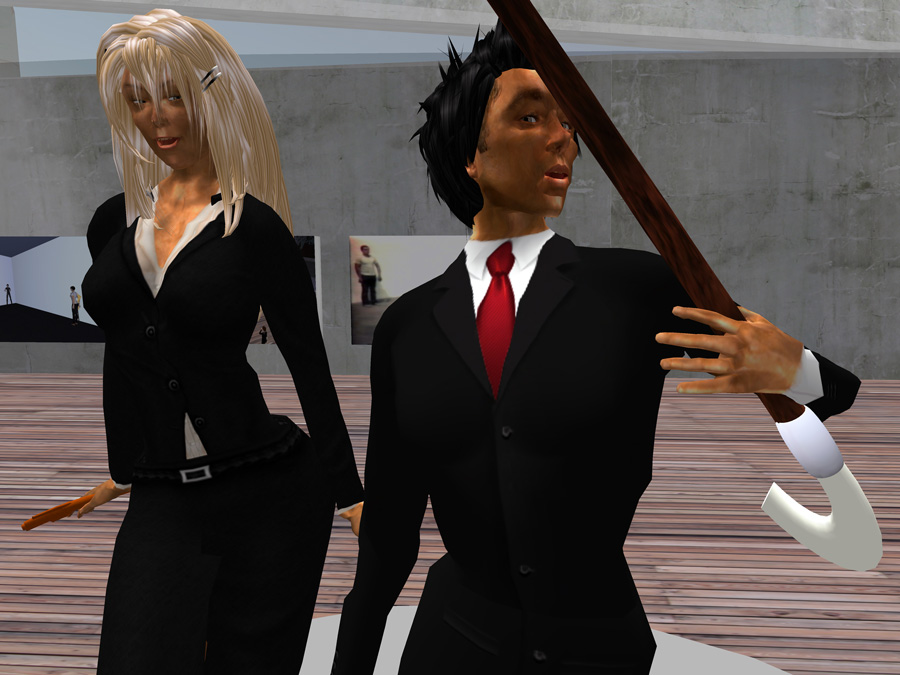
(2007), EVA AND FRANCO MATTES

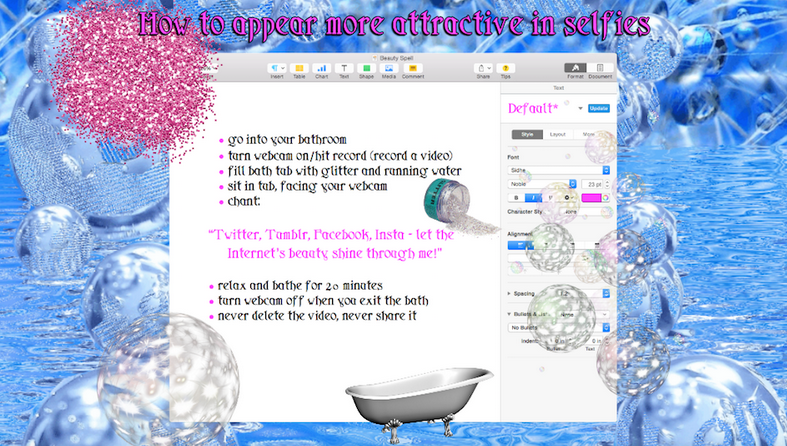


Net art is a broad category that encompasses artists of many stripes. While many dismiss much of it as “tumblr trash” (and they’re not entirely wrong), this artwork provides an important honest critique on current internet culture. As social media continues to be a shaping presence in contemporary life, the work of net artists will become more relevant, and continue to reflect and complicate questions of identity in the digital realm.





